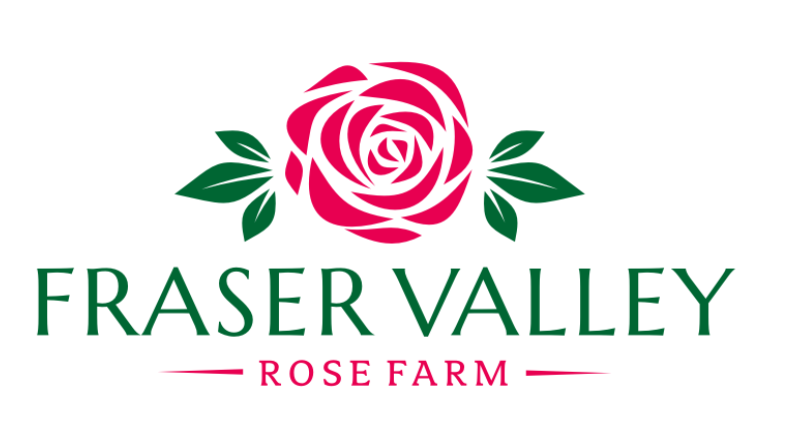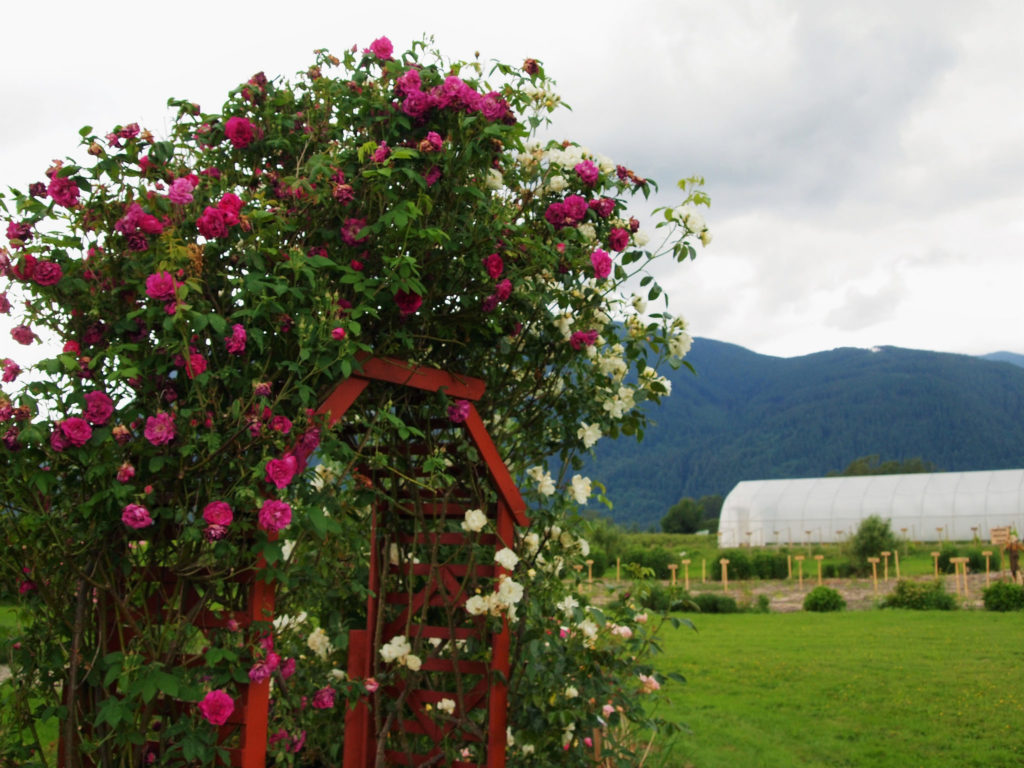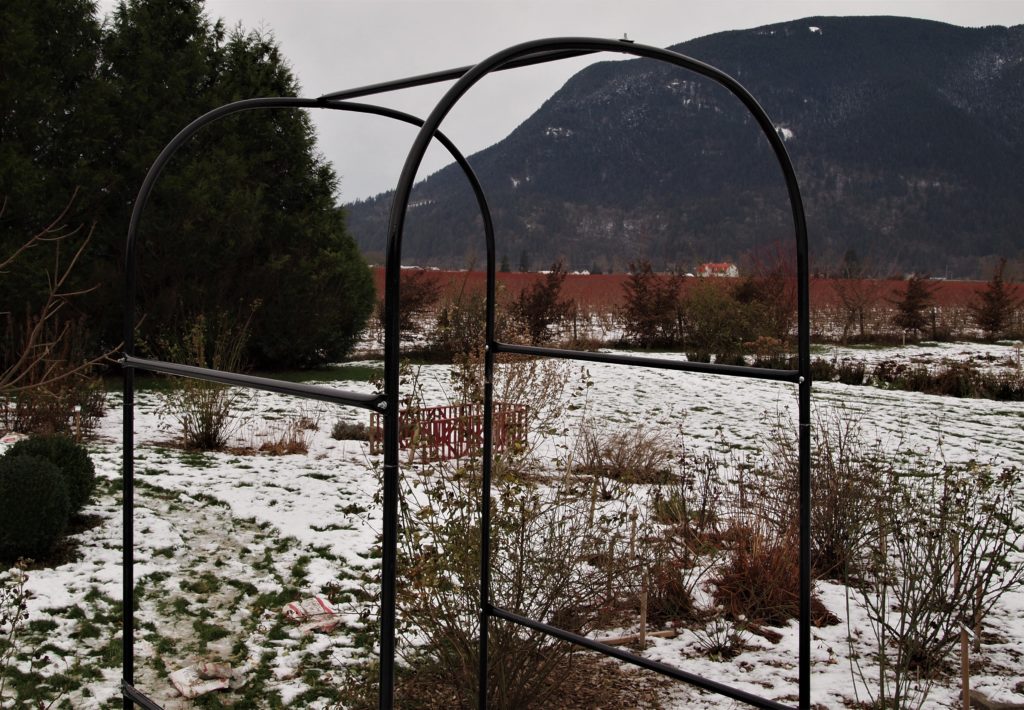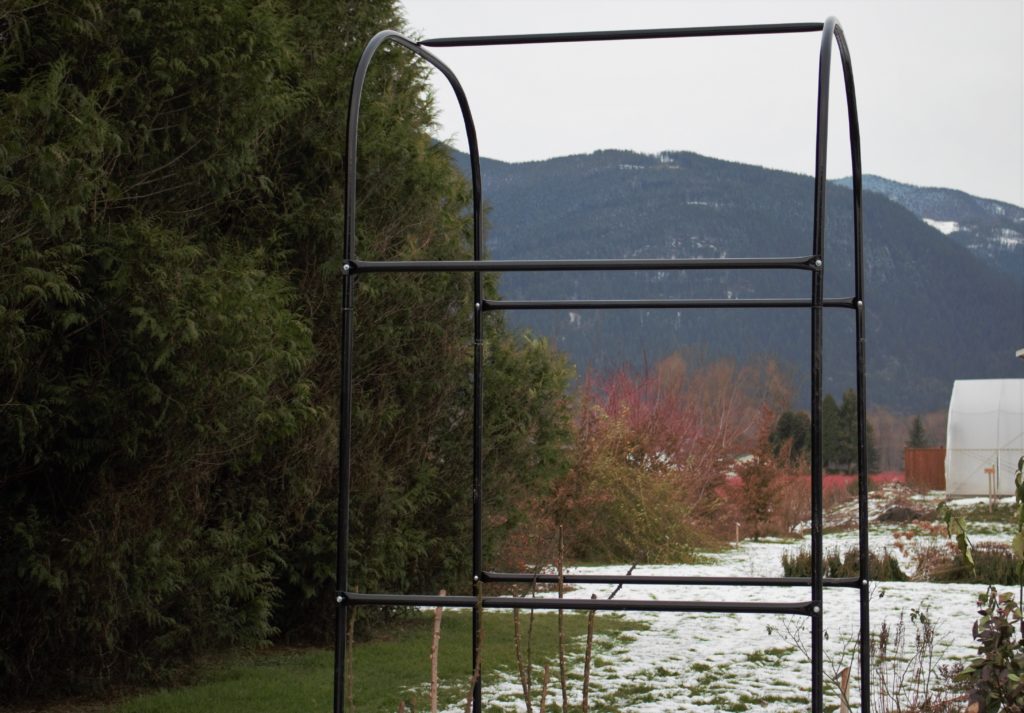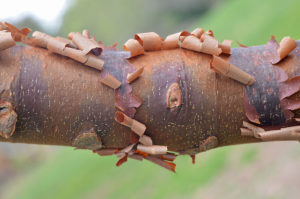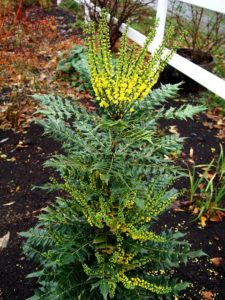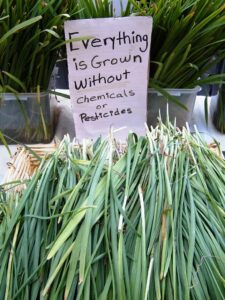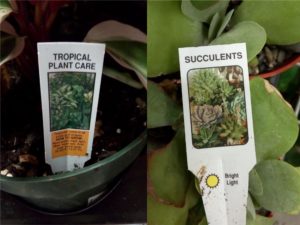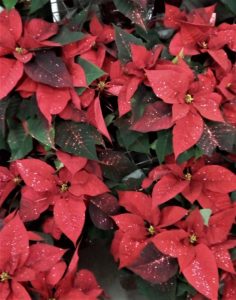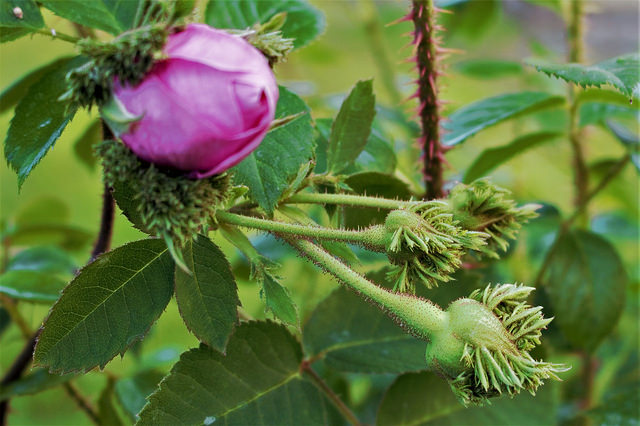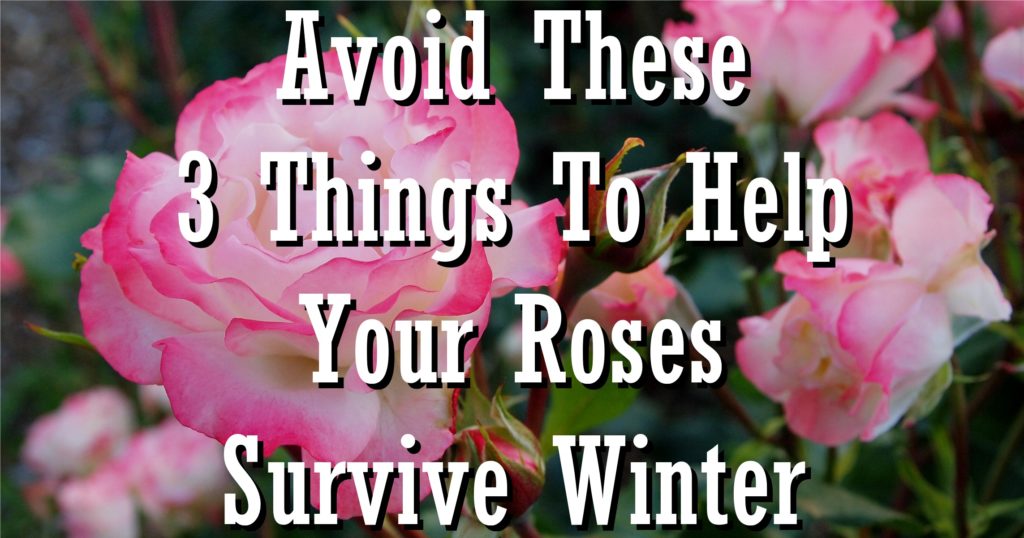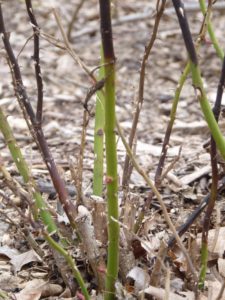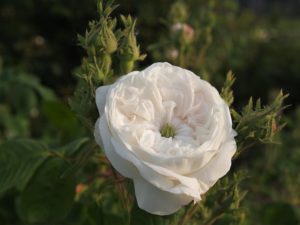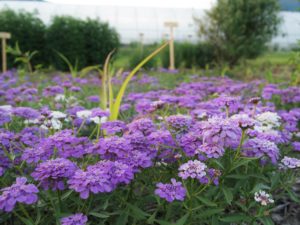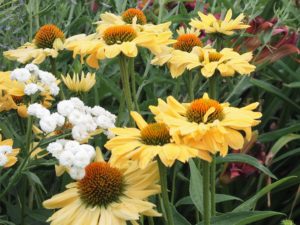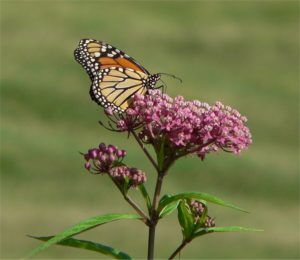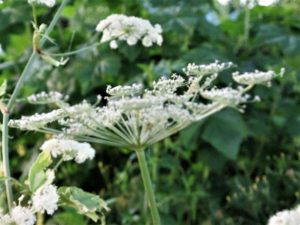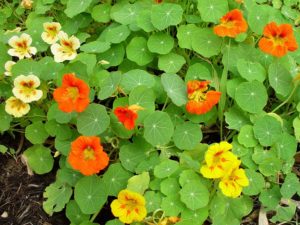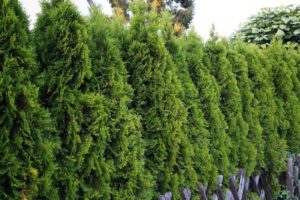It is truly one of my favorite things to add roses to my collection. If this were a big commercial nursery, it would be a different story. I’d want to focus on a few of the best sellers – propagate them in large, uniform crops – sell out early in the season, and spend the rest of the summer kayaking! Instead, I bog myself down with the slow process of establishing hundreds of “mother” plants – learning their individual eccentricities, and then bringing them to market a few at a time, because seriously, there’s a limited demand for specialty roses.
But I love it. This is not a business with a rose inventory attached, but rather a rose collection with a little backyard nursery to grow along with it.
So, in the video below, I take delivery of my fall order of bare root roses – 5 more that I’ve never grown before: Variegata di Bologna, Sempervirens spectabilis, Jacques Cartier, Alba suaveolens, and Kazanlik.
It caps off a year where I’ve added probably a dozen others, some from local nursery finds (‘Konigen von Danemark’ comes to mind), some ordered in spring from another bare root supplier… but my favorites of all came to me from other gardeners: ‘Souv. de la Malmaison’, ‘Narrow Water’ (thanks Elaine), ‘Etoile de Hollande’ (thanks Bob!) and ‘Maigold’ (thanks Sanjoy).
All this means that in the next few weeks, I’ll be updating my list on Helpmefind
I’ll also be posting here with a current inventory of winter carryover, ready to be claimed for spring sale (or sooner, if you’re a real die hard!).
